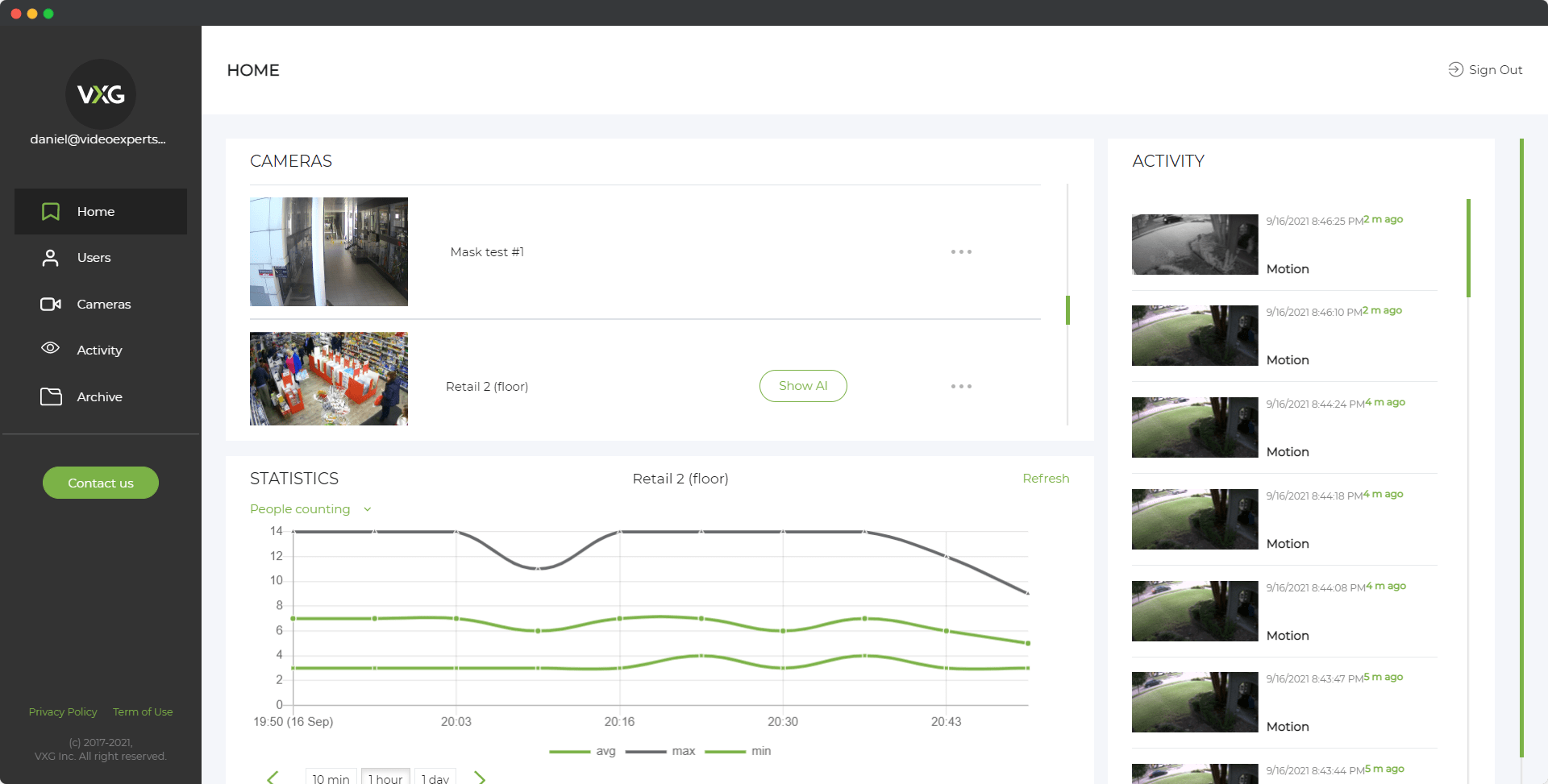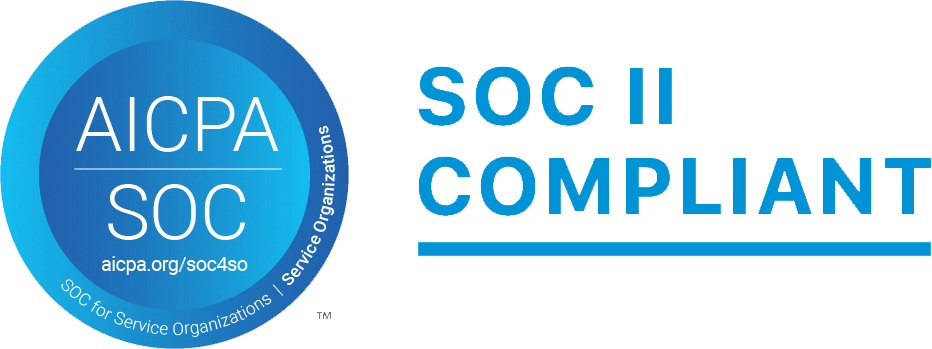In the ever-evolving field of artificial intelligence (AI), Natural Language Generation (NLG) is a powerful technology that plays a crucial role in bridging the gap between human communication and machine understanding. It enables machines to create human-like text, transforming data into meaningful narratives. From generating news articles to personalized customer responses, NLG is revolutionizing the way businesses and individuals interact with information.
Definition
Natural Language Generation (NLG) is a subfield of AI and computational linguistics that focuses on producing human-readable text based on structured or unstructured data. Unlike Natural Language Processing (NLP), which focuses on understanding and interpreting text, NLG is about creating coherent, contextually appropriate sentences and paragraphs from input data or prompts.
NLG involves three main stages:
- Content Determination: Selecting relevant information to include in the output.
- Text Planning: Structuring the information in a logical, readable format.
- Surface Realization: Converting structured data into grammatically correct, natural-sounding language.
Benefits of NLG
- Efficiency: NLG automates content creation, saving time and reducing manual effort.
- Scalability: It allows the generation of large volumes of text, from product descriptions to financial reports, without human intervention.
- Personalization: NLG systems can tailor outputs to specific audiences, improving engagement.
- Consistency: By eliminating human error, NLG ensures uniform quality across all generated content.
- Data Comprehension: NLG makes complex datasets easier to understand by converting numbers and charts into narrative insights.
Example
Consider a weather forecasting system. A traditional approach might display data as a table:
| Date | Temperature (°C) | Conditions |
|---|---|---|
| Dec 9, 2024 | 10 | Rainy |
| Dec 10, 2024 | 12 | Cloudy |
Using NLG, the system can generate the following report:
"On December 9, 2024, expect rainy conditions with temperatures around 10°C. The following day, December 10, will be slightly warmer at 12°C with cloudy skies."
This transformation makes the information more user-friendly and accessible.
Natural Language Generation in AI
In the realm of AI, NLG is integrated into various applications to enhance functionality and usability:
- Chatbots and Virtual Assistants: AI-powered systems like Alexa or Google Assistant use NLG to provide natural-sounding responses to user queries.
- Content Automation: Media outlets utilize NLG to produce articles, such as financial summaries and sports updates, based on real-time data.
- Customer Support: Businesses employ NLG to generate instant, accurate responses to common customer questions.
- Data-to-Text Systems: These systems summarize complex data, such as financial trends or medical diagnostics, into clear, concise reports.
Best NLG Software
Several tools and platforms specialize in Natural Language Generation. Here are some of the leading options:
- OpenAI GPT Models: Known for generating high-quality text, these models are versatile and widely used for various applications.
- Narrative Science: Offers solutions like Quill, designed for creating business and data-driven content.
- Arria NLG: Focuses on converting structured data into written narratives, particularly in financial and industrial domains.
- IBM Watson NLG: Part of the Watson suite, it integrates NLG capabilities for business analytics and reporting.
- Yseop Compose: Specializes in automating reports and generating multilingual content for industries like finance and healthcare.
FAQ
NLG is an exciting frontier in AI, unlocking new possibilities for automating communication and making data more accessible. Its applications are diverse, and its potential continues to grow with advancements in technology.
















